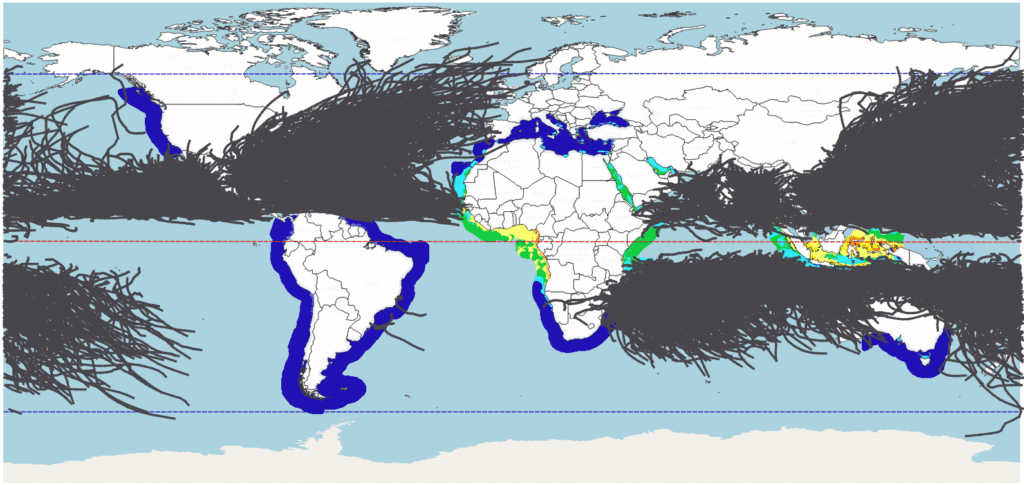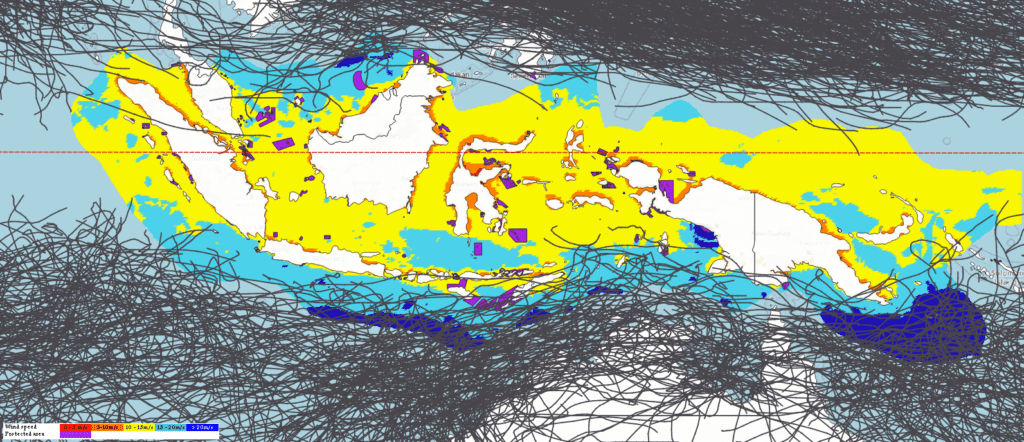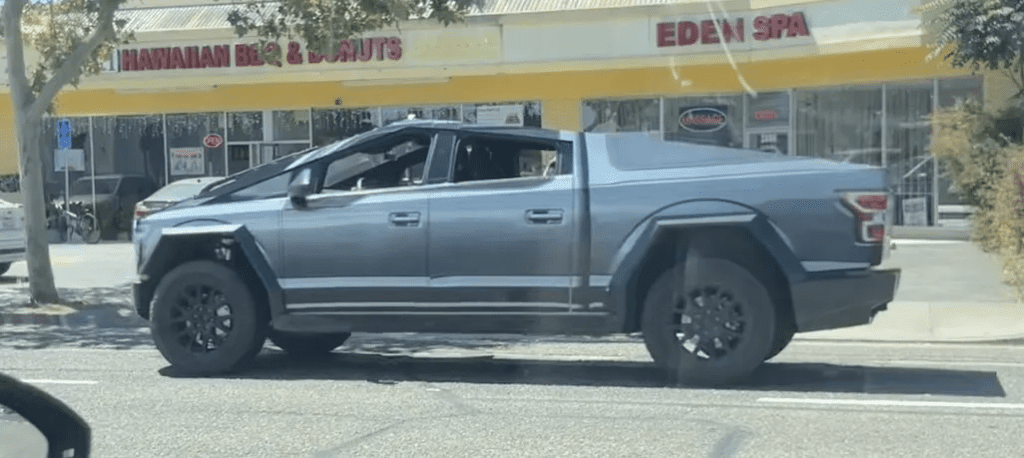The Equatorial Promise
In the vast expanse of our planet’s oceans, particularly near the Equator, lies an untapped reservoir of solar energy. New research indicates that floating solar panels in these calm seas could be the answer to the energy needs of densely populated regions in Southeast Asia and West Africa.
David Firnando Silalahi, one of the lead researchers, comments, “Offshore solar in Indonesia alone could generate about 35,000 terawatt-hours (TWh) of solar energy annually, rivaling the current global electricity production.”
Why Offshore Solar?
The advantages of offshore solar are numerous:
- Space Efficiency: Countries with high population densities, like Indonesia and Nigeria, often lack the land resources for extensive solar farms. Floating solar panels provide an alternative without compromising land use.
- Optimal Conditions: Regions near the Equator, often referred to as the “doldrum” latitudes, have calm seas and consistent sunlight, making them ideal for solar energy harvesting.

The Potential in Numbers
The numbers are staggering. For instance, Indonesia’s calm inland seas span about 140,000 square km, an area that hasn’t witnessed waves taller than 4m or winds exceeding 10m/s in the past four decades. To put this in perspective, Indonesia’s maritime area is a whopping 6.4 million square km, 200 times the size required if the nation’s entire energy needs were to be met through offshore solar panels.
Similar Post
“The combined offshore floating solar PV annual generation potential in areas that don’t experience waves larger than 4m or winds stronger than 15 m/s is 225,000 TWh,” states the ANU RE100 Group.

Challenges Ahead
While the potential is immense, the journey is not without its challenges:
- Environmental Concerns: Floating solar panels must be designed to minimize damage to marine ecosystems and local fishing activities.
- Climate Change: Global warming could alter wind and wave patterns, impacting the feasibility of offshore solar farms.
- Engineering Hurdles: Salt corrosion, marine fouling, and the need for robust structures to withstand potential storms are all challenges that need addressing.
Silalahi adds, “Despite these challenges, we believe offshore floating panels will provide a significant portion of the energy mix for countries with access to calm equatorial seas.”

A Glimpse into the Future
As the offshore floating solar industry is still in its infancy, there’s much to be explored and understood. However, the promise it holds for countries near the Equator is undeniable. By mid-century, it’s projected that about a billion people in these regions will predominantly rely on solar energy, marking one of the most rapid energy transitions in history.

In conclusion, while the road ahead is filled with challenges, the potential benefits of harnessing the equatorial sun through offshore solar panels could reshape the energy landscape of our planet, providing a sustainable and abundant source of power for future generations.
Note: This article is based on research findings from the ANU RE100 Group and insights from an article by David Firnando Silalahi on The Conversation.


















